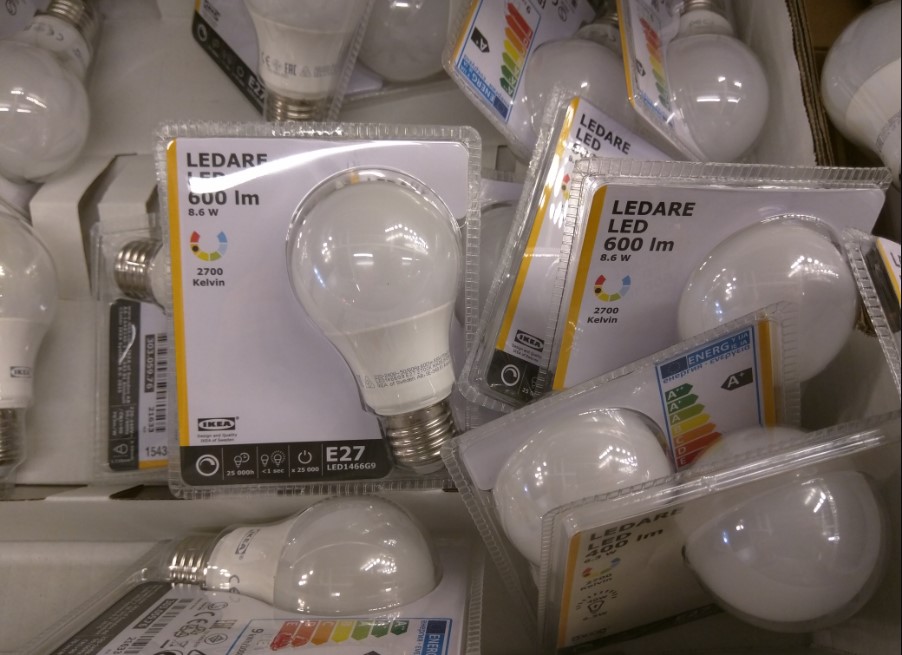- cross-posted to:
- news@lemmy.world
- green@lemmy.ml
- technology@lemmit.online
- cross-posted to:
- news@lemmy.world
- green@lemmy.ml
- technology@lemmit.online
Incandescent light bulbs are officially banned in the U.S.::America’s ban on incandescent light bulbs, 16 years in the making, is finally a reality. Well, mostly.



Also, cheap ones run directly on AC, so they flicker at 60 Hz (50 in Europe) because the current is only flowing for half the cycle.
How do high-end home LEDs get around this? Do they have a battery that caches the current between cycles?
When my wife and I bought our place, we renovated and made all lights LED. The overheads in the living room and kitchen are quite bright and steady, so they must avoid this somehow.
A bridge rectifier flips the negative current to positive, so instead of a sine wave you get a series of humps. Then a capacitor acts as a battery like you describe to smooth out the dip between humps.
There are half wave rectifiers and full wave rectifiers. The former only converts the positive AC to DC and shuts off for the negative half (causing flickering). The latter will convert both positive and negative halves to DC and don’t flicker.
Well, LED lights are half-wave rectifiers that light up, so you wouldn’t add one. I don’t think I’ve ever heard of a half wave rectifier referred to as a bridge rectifier.
Ok, I get the gist. Thanks!
FULL BRIDGE RECTIFIER!!!11